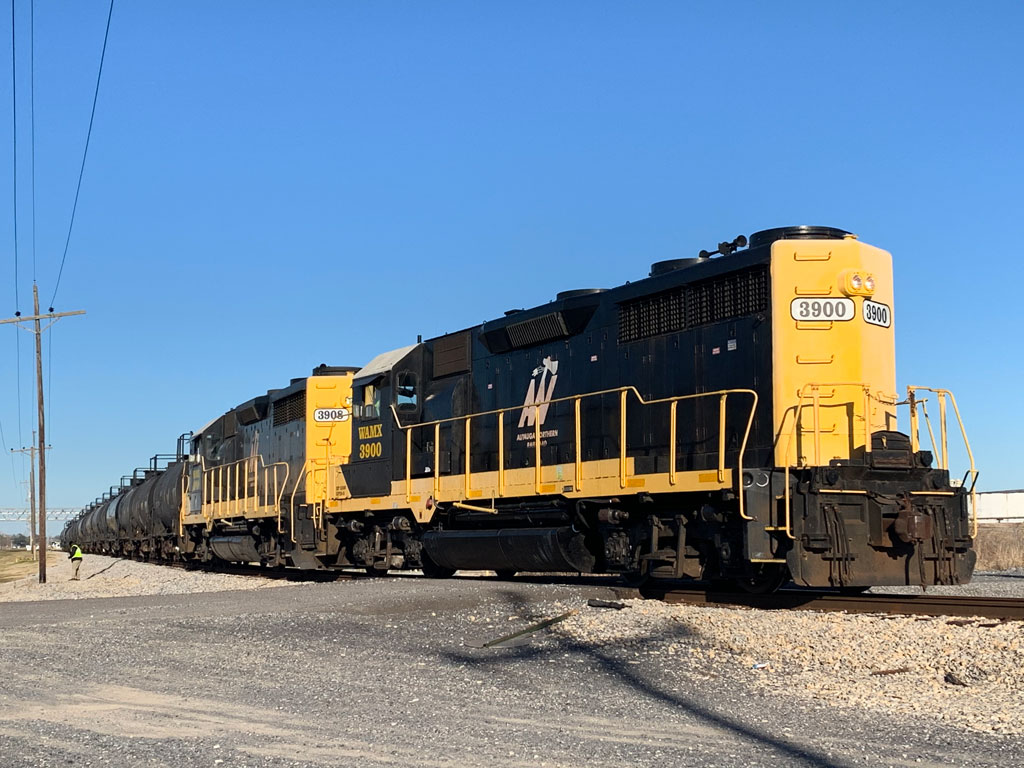
DENVER — There’s a pachyderm of a quandary haunting the executive conference rooms of Class I railroads, and short lines may be the solution.
Carload volumes have been falling since 2008-2009, almost a generation’s worth of declines that began with the global financial crisis and accelerated during the fall of coal and the hollowing out of the American manufacturing base.
The current environment represents nothing less than a service crisis for the largest carriers. It’s a crisis that has been intensified by the impact on and of regulators such as the Surface Transportation Board and Federal Railroad Administration, as well as legislators, said independent analyst Anthony B. Hatch in a presentation at the American Short Line and Regional Railroad Association (ASLRRA) conference.
There is a new focus on carload service thanks to comprehensive data on pickup and delivery of individual freight cars, the labor-intensive switching known as “first mile/last mile,” “and it ain’t pretty,” said Hatch, whose trademark salty analysis belies a Harvard degree.
Service failures, he said, are “manna” to the STB, which is concerned with rail market power and rate pricing. “The STB has used common carrier obligations as a lever, such as in the case of Union Pacific/Foster Farms, to focus on weekly switching.”
In that 2022 case, the STB ordered UP to run trains to a California poultry producer after the shipper filed petitions for emergency service orders when it faced significant disruptions in delivery of feed and other supplies by rail. [See “Union Pacific hit with STB emergency service order …,” Trains News Wire, June 17, 2022].
The solution to these service issues, Hatch said, is increased use of or even the creation of short lines, which have consistently outpaced Class Is in carloads.
(One attendee agreed, telling FreightWaves, anonymously, how a Class I railroad suddenly withdrew service to a local lumber supplier. The company promptly bought the line and started its own railroad to maintain its connection to the national rail network.)
Hatch emphasized the service aspect of short lines and how their flexible corporate structures make them well suited as the entrepreneurs of railroading.
“Short lines offer tailored, customizable switching services, have better work rules and less severe labor shortages,” he said. “Short lines are also looked upon quite favorably by regulators and legislators.”
Hatch offered as a shortline success story Watco’s launch of the Dutchtown Southern Railroad, which since 2021 has leased and operated 1.76 miles of Canadian National Railway trackage in Geismar, La. [See “New Louisiana short line …,” News Wire, April 30, 2021].
Watco “increased switching to seven [days a week] from three to five times per week and grew carloads by more than one-third in the first year of operations,” said Hatch. “That’s a win for the customer who gets more switches, a win for Watco with new business and a win for the Class I partner CN, which gets more cars for its long-haul business.”
However, Hatch said that success has raised a contradictory question of why the recent momentum of Class I strategy seemingly is to buy or retake short lines. He pointed to then-Canadian Pacific’s acquisition of the Central Maine & Quebec in 2020; Pan Am’s sale to CSX in 2022 and the 2024 deal that saw BNSF acquire Montana Rail Link.
Hatch said he supports the “feed the beast” strategy on the part of Class I railroads to extend market reach, such as by CN from 2018-2021.
“However, that should not preclude thoughtful Class I-shortline partnerships that solve customer problems,” said Hatch. RailPulse, for instance, is a freight car database owned by a coalition of car builders, lessors, Class I railroads and short lines.
Nonetheless, Hatch told the session, he has seen no evidence of Class I leadership taking steps toward more such partnerships. But he did acknowledge more meetings and discussions taking place between Class Is and short lines, facilitated by ASLRRA.
— This article originally appeared at FreightWaves.com.





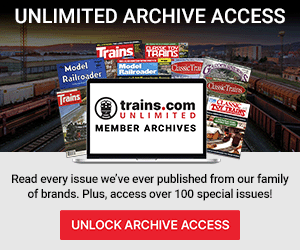
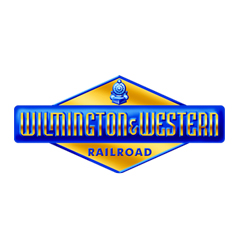
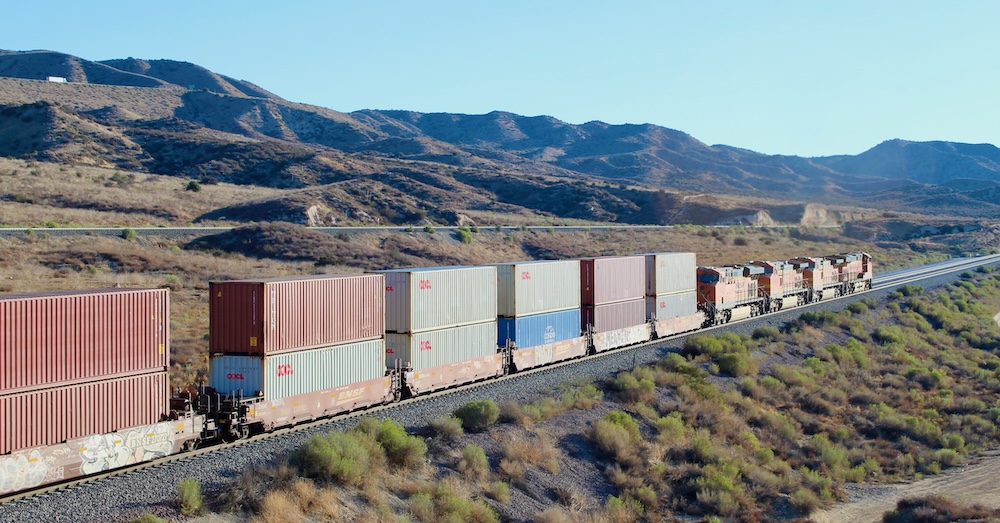
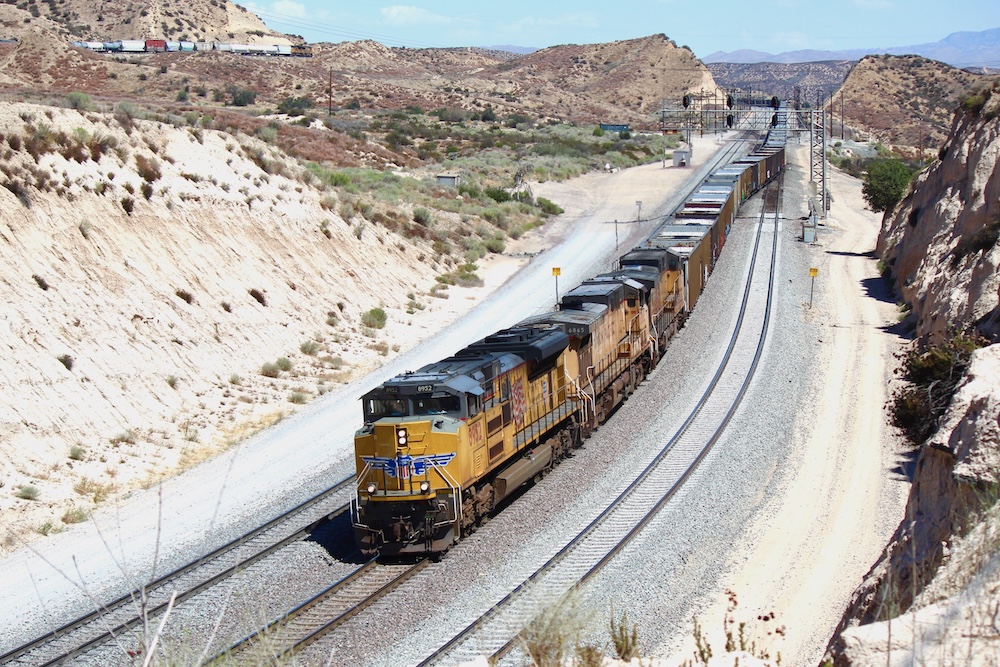
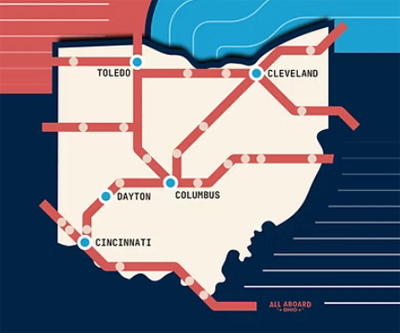
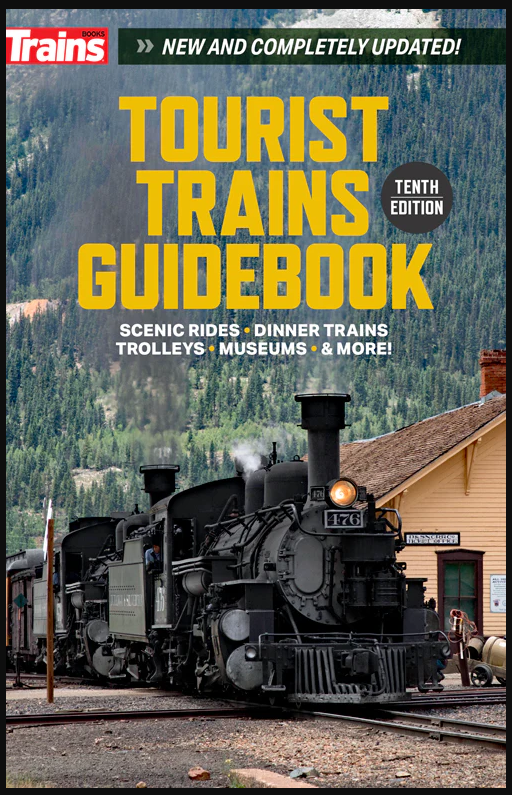
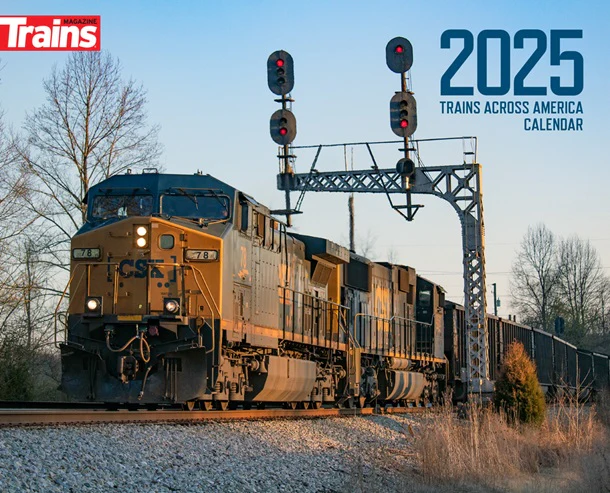
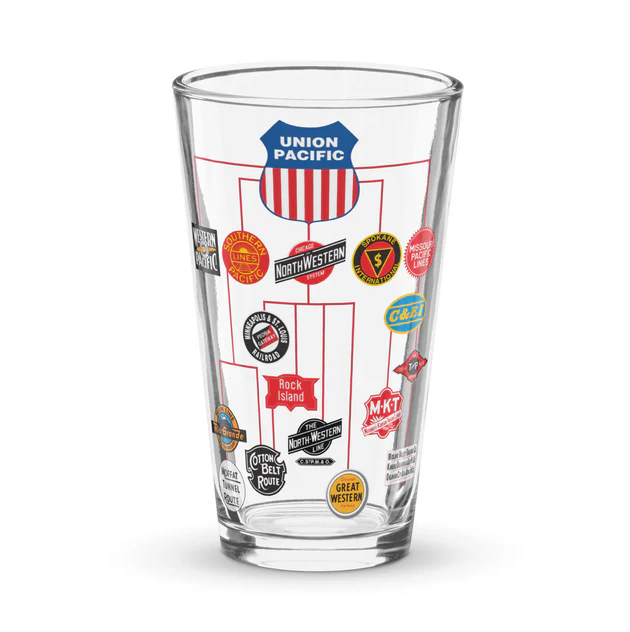
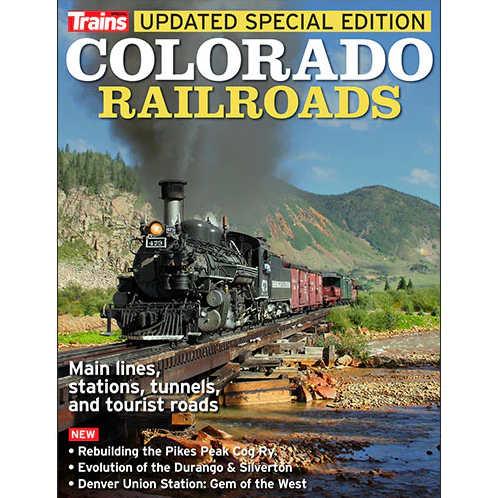
Short lines can help the class ones but only if they are managed properly. I will give you three examples in Idaho. UP sold the Joseph City branch to Iowa Pacific and the Cascade branch to them also. When Boise Cascade closed the mills Iowa Pacific lost all of its money and the railroad went bankrupt. They sold the Idaho Northern to Rio Grande Industries but it came at a cost the Thunder Valley Railroad was abandoned and all their passenger equipment was sold. Iowa Pacific try to sell the Wilder Branch and the Oregon Eastern Railroad to Rail America Rail America also went bankrupt that one was also sold to Rio Grande Industries. But came at a cost the Wilder branch and also the Boise industrial lead ended up getting sold to a railroad that has a strong presence in Idaho and owns nearly all of its branches that railroad company is Watco Industries they own all the short lines in the Idaho panhandle, they own the Camas Valley Railroad, they own the Walla Walla, they on the Eastern Idaho Railroad, and they now own the decade old Boise Valley Railroad which they bought from Iowa Pacific when they went bankrupt. If you want one railroad that is successful in the Gem State it is Watco they switch everyone.
I think the general consensus is that Iowa Pacific over extended themselves. Too much heritage, not enough reliable service.
There are lots of other short line holding companies (like Watco) that have excelled in local services.
Some differences
1. The problem of PYC rears its ugly head for any mainline a new turnout requires the installation of an electrically locked switch. As well all the PTC garbage. The turnout to a new customer requires at least a number 8 turnout but there is no reason that the frog cannot be an owls.
2. The locos for a short line can certainly have a higher number of non roadworthy maintenance items. PTC will the most expensive to retain.
3. The short line can leave a non PTC loco at some locations to make quick call switches. That can be a good help for customers without many off / on loading locations.
4. For #3 and others some employees can be just part time on call. + The part timers can be jack of all trades at certain locations. Maintenance, inspector rolling stock and track, engineer, conductor or roving conductor, ETC.
The class 1s need to sell off everything but the mainline. The shortlines need to run the yards and service the customers. As soon as a block is aired up,tested, and ready to go, the rate meter starts. That will incentive the big boys to pull their cars. Much like how the BRC runs.
One of the assets of trucks is their ability to perform last mile service with the retreat of the Class 1’s from local switching.
With only 5 major Class 1’s left in NA, now would be a great time to develop a P2P short line network with the majors as the “backhaul” and the short lines as the last mile.
Assign a ORG and DEST code to each endpoint and let the network route the traffic. But of course that would require cooperation between all the carriers to make it have worth, and they are not very good at that.
This dilemma is at least partially explained as the consequences of PTC. The Class Ones do not want to serve local industrial sidings. They want to run less frequent, but often insanely long trains. They want shippers to come to sometimes inconvenient and distant yards/reloads to drop/pick up loads. Enroute operations of two-mile (plus) long trains is fine if nothing goes wrong, there is no Amtrak train(s) to meet and all goes well with crews and power–BUT–too often something does intervene.
If the Class Ones want car-load business back they need to revisit whole business categories they’ve largely abandoned (box cars, etc) and indeed be far more cooperative with short line partners who still can reach shippers–but when the short line partner delivers a car to the Class One it can not be left at the junction for days before entering into the main line flow. This means standing up to Wall Street bullying to endlessly enhance the Operating Ratio and returning to the old UP slogan “We can handle it for you”.